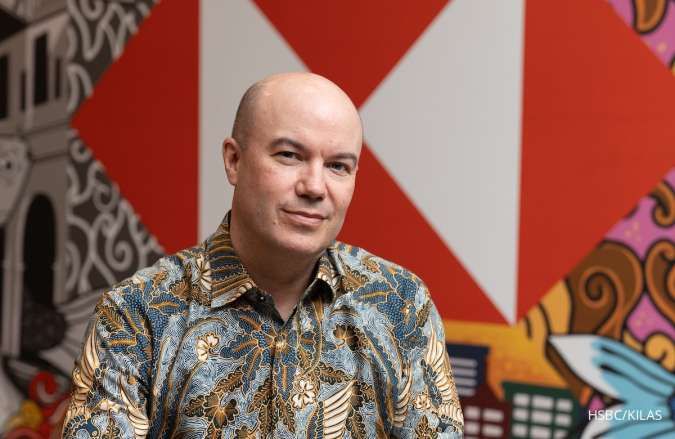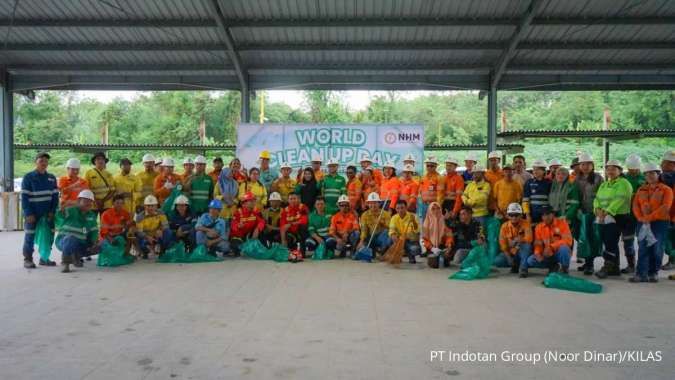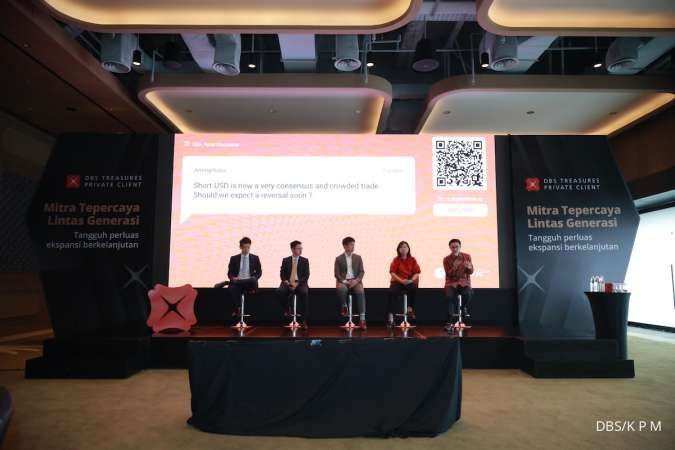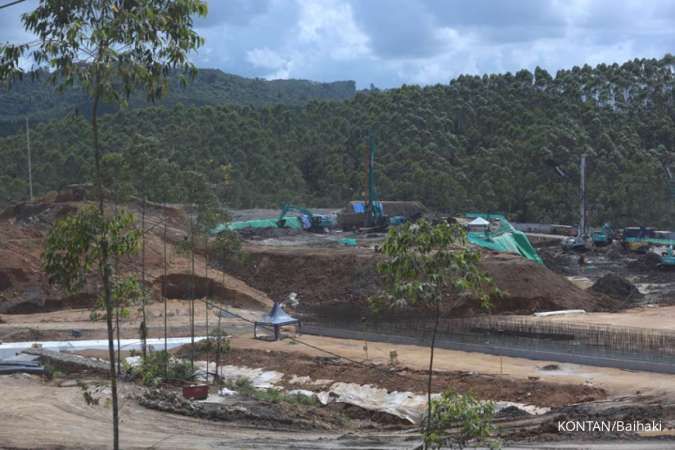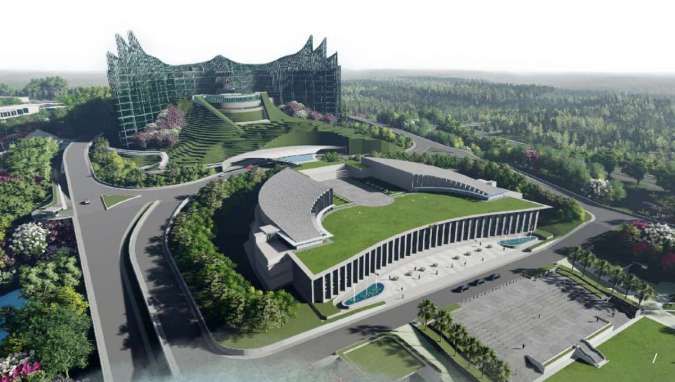KONTAN.CO.ID - JAKARTA. Mining companies that help rehabilitate forests in the Nusantara Capital Region (IKN) will receive tax incentive facilities. It is known that mining companies have an obligation to carry out rehabilitation outside their mining areas. This is a consequence of using forest areas as mining areas. The Director of Forestry and Water Resources Utilization Development of the IKN Nusantara Authority (OIKN), Pungky Widiaryanto, said that this is also one of the government's efforts to realize IKN as a forest city.
In the future, the IKN Authority will provide land to companies that have a forest rehabilitation obligation. "They have an obligation to rehabilitate outside their mining area, so we provide it in IKN. There is a contribution from the government to reduce their taxes, a tax deduction of up to 200% is being developed as well," said Pungky in a Public Consultation on the IKN Biodiversity Management Master Plan online, Wednesday (27/12). He gave an example, if a mining company wants to rehabilitate 2,000 hectares and spends about IDR 100 billion, then this can be claimed as a double tax deduction. This incentive is given in order to accelerate forest rehabilitation in IKN. In addition to this partnership pattern, efforts to green the IKN are also carried out with the state budget by OIKN, KLHK, Regional Government or Provincial Government. It is known that the government has a responsibility to rehabilitate about 120,000 hectares of land in IKN. According to him, this is not a small amount. Therefore, collaboration or cooperation with other parties is needed. "To carry out forest rehabilitation is quite extensive, namely 120,000 hectares of land. This is not small, this is large and we cannot go alone. Collaboration with third parties, NGOs, academics, private sector for restoration or forest recovery in IKN," explained Pungky. In his presentation, before the IKN was launched, secondary forest cover was only 16% in IKN. This is due to the deforestation rate of 1,000 hectares/year. Therefore, OIKN plans to have 177,000 hectares as a protected/green area. Which is divided into 40,000 hectares of secondary forest, 2,000 hectares of mangroves, 55,000 hectares of industrial or monoculture forest, and 80,000 hectares of agriculture, mining, palm oil plantations.
Currently, OIKN is preparing a master plan for managing biodiversity in IKN. The master plan is prepared to realize a sustainable forest city that contributes to national and global biodiversity conservation goals. In addition, the master plan also has a mission to maintain the remaining forest and wetland ecosystems. Rehabilitate, restore, and reclaim damaged ecosystems. Optimize the performance of parties in the preservation and utilization of biodiversity. Increase the capacity and concern of indigenous and local communities in managing biodiversity. And enforce laws and regulations in the context of biodiversity management. The master plan is targeted to be launched next year.
